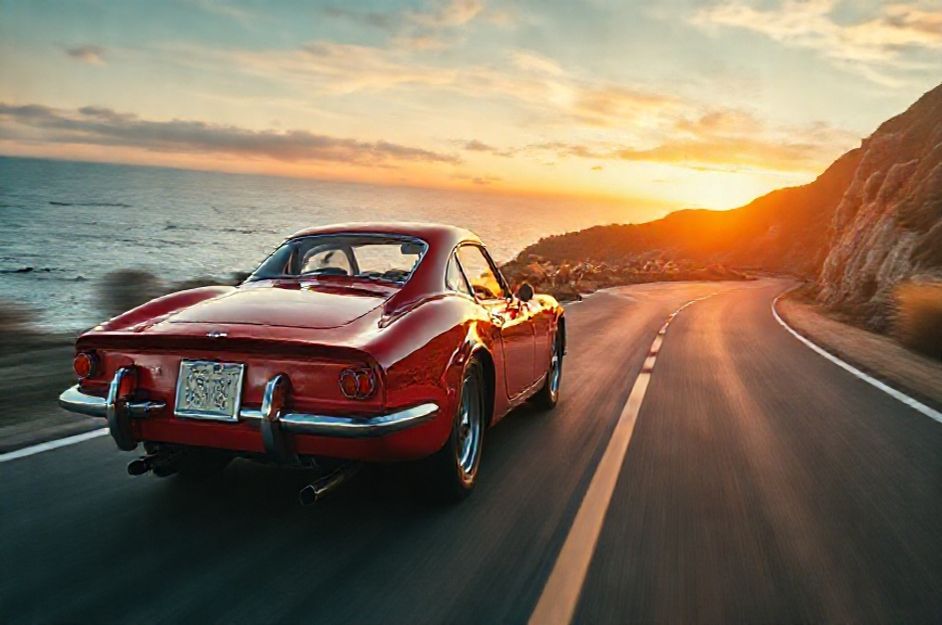What is it about sports cars that captivates us? Is it the sleek lines of their design, the raw power of their high-revving engines, or the distinctive roar of their exhaust? The allure of a sports car is subjective, a blend of factors that ignite our passion. Even those who deem them impractical can’t help but steal a glance as one cruises by, showcasing its sculpted form and hinting at the potent force within.
From the dawn of the automotive age, a dedicated group has relentlessly pursued the creation of vehicles that are bigger, more powerful, and faster, often pushing the boundaries of safety. The car industry was no exception. From humble beginnings, the automobile rapidly evolved into a vital mode of transport and a valuable tool. For some, this new mode of transportation became an obsession with power and speed, ushering in the era of racing and sports cars.
Initially, motor vehicles prioritized function over aesthetics, with a focus on carrying people and cargo. However, the human appreciation for beauty, combined with a thirst for power and speed, made the birth of the sports car inevitable.
Early automotive pioneers pushed the limits on racetracks, testing their machines against rival manufacturers. These races drove the next generation of cars. As engines gained power, racing demanded new levels of design, often at a high cost. Powerful engines were placed in fragile frames and pushed to their limits, with frequent consequences for drivers and spectators. Yet, the relentless pursuit of speed fueled innovation. These early pioneers, often reckless, designed increasingly powerful machines, marking the beginning of the modern motor car. Safety was often an afterthought; the primary focus was pushing machines and drivers to their absolute limits.
As engine power outstripped the cars’ ability to handle it, designers had to rethink chassis and suspension limitations. Mirroring developments in the aircraft industry, where plane and engine designs constantly evolved, cars began to incorporate aerodynamics to reduce drag and stronger materials for chassis and bodywork.
The development of racing vehicles marked the genesis of the sports car as we know it. After World War II, a new breed of sports car emerged. The exclusive, race-bred cars, once reserved for the wealthy elite, evolved into more accessible vehicles with added comforts and road functionalities and, crucially, a more affordable price. This marked a shift from exclusivity to mainstream availability. Over the following years, advancements on and off the racetrack slowly transformed designs into the popular modern shapes we see today. Numerous iconic manufacturers have contributed their unique styles to the sports car world, and many are instantly recognizable by their shape alone.
